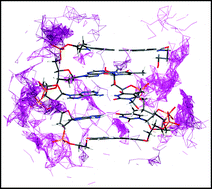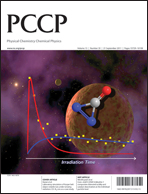DNA hairpin conjugates with a stilbenedicarboxamide (Sa) hole donor and a stilbenediether (Sd) hole acceptor are considered as model systems for studying charge recombination (CR) of excess charges in DNA. Using the method of thermodynamic integration, we estimated the relative free energies of this process in hairpins with three adenine:thymine pairs between Sa and Sd surrounded by 1 M aqueous solutions of ionic compounds M+Cl− (M = Li, Na, K) and Na+X− (X = F, Cl, Br, I). The values of this quantity were calculated with respect to the free energy for the same hairpin in the 1 M NaCl aqueous solution. Based on the results obtained, we conclude that halogen anions have no significant influence on the rate of the CR reaction. By contrast, cations of other alkali metals can considerably change the potential barrier of the process, thus affecting the reaction rate. Different results obtained for cations and anions were attributed to the fundamental distinction in the electrostatic interactions of M+ and X− species with negatively charged phosphate groups of the hairpin. In addition, our results show that the relative free energy of CR is larger for cations that are able to be closer to Sd and Sa structural units. The latter correlation suggests that the replacement of Na+ by cations of other alkali metals enables one to change the CR rate modifying it in either direction.

You have access to this article
 Please wait while we load your content...
Something went wrong. Try again?
Please wait while we load your content...
Something went wrong. Try again?


 Please wait while we load your content...
Please wait while we load your content...